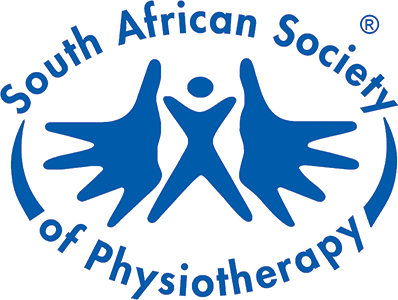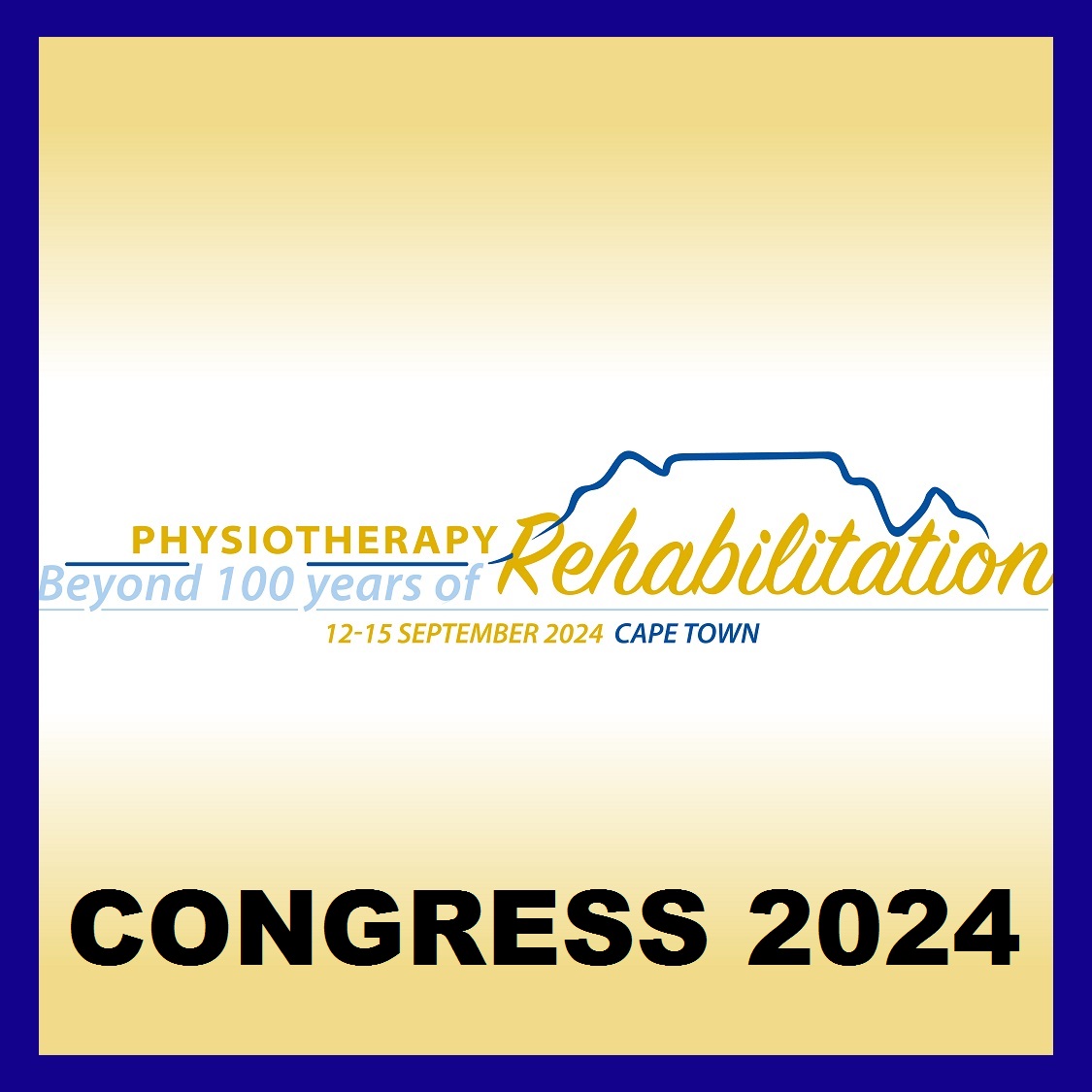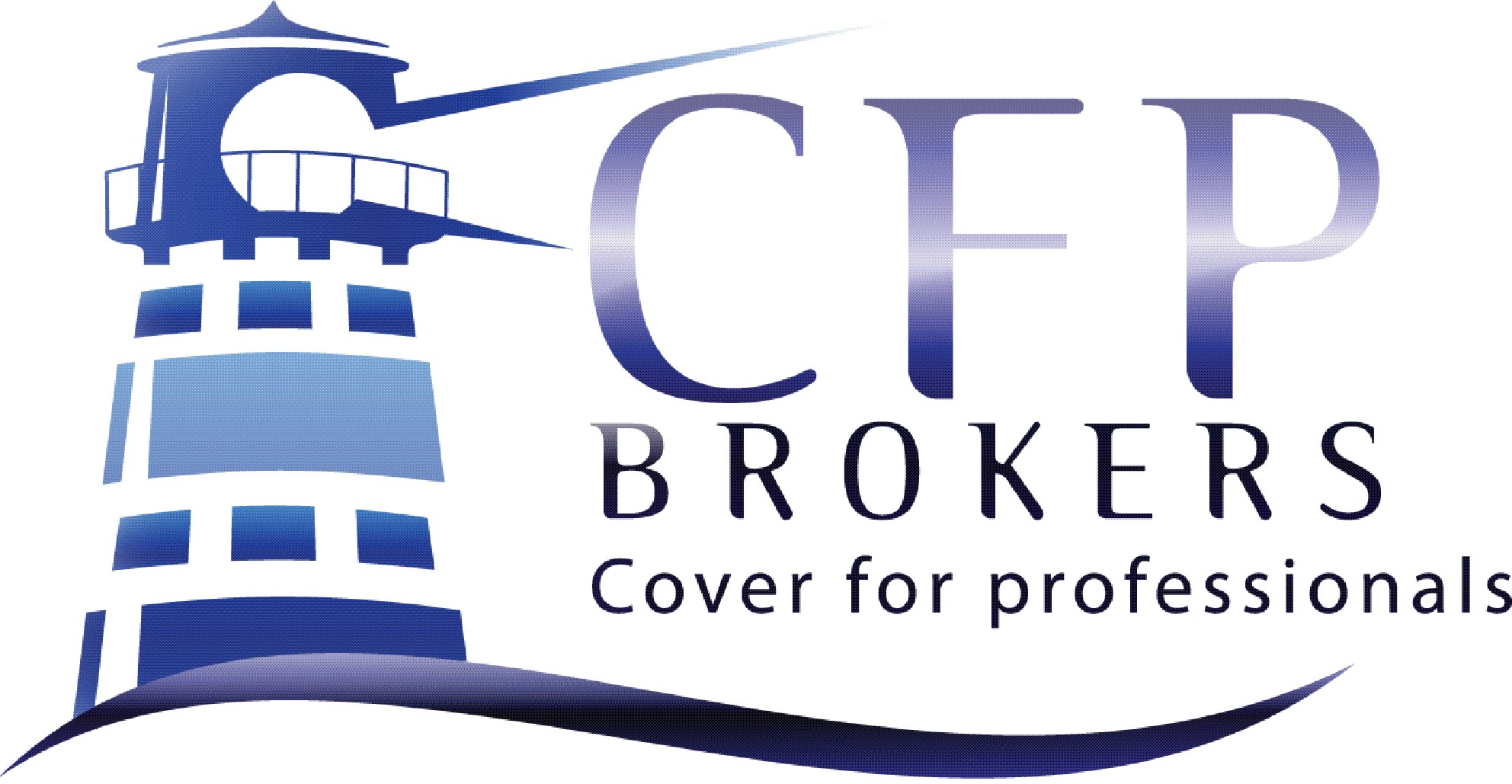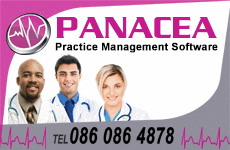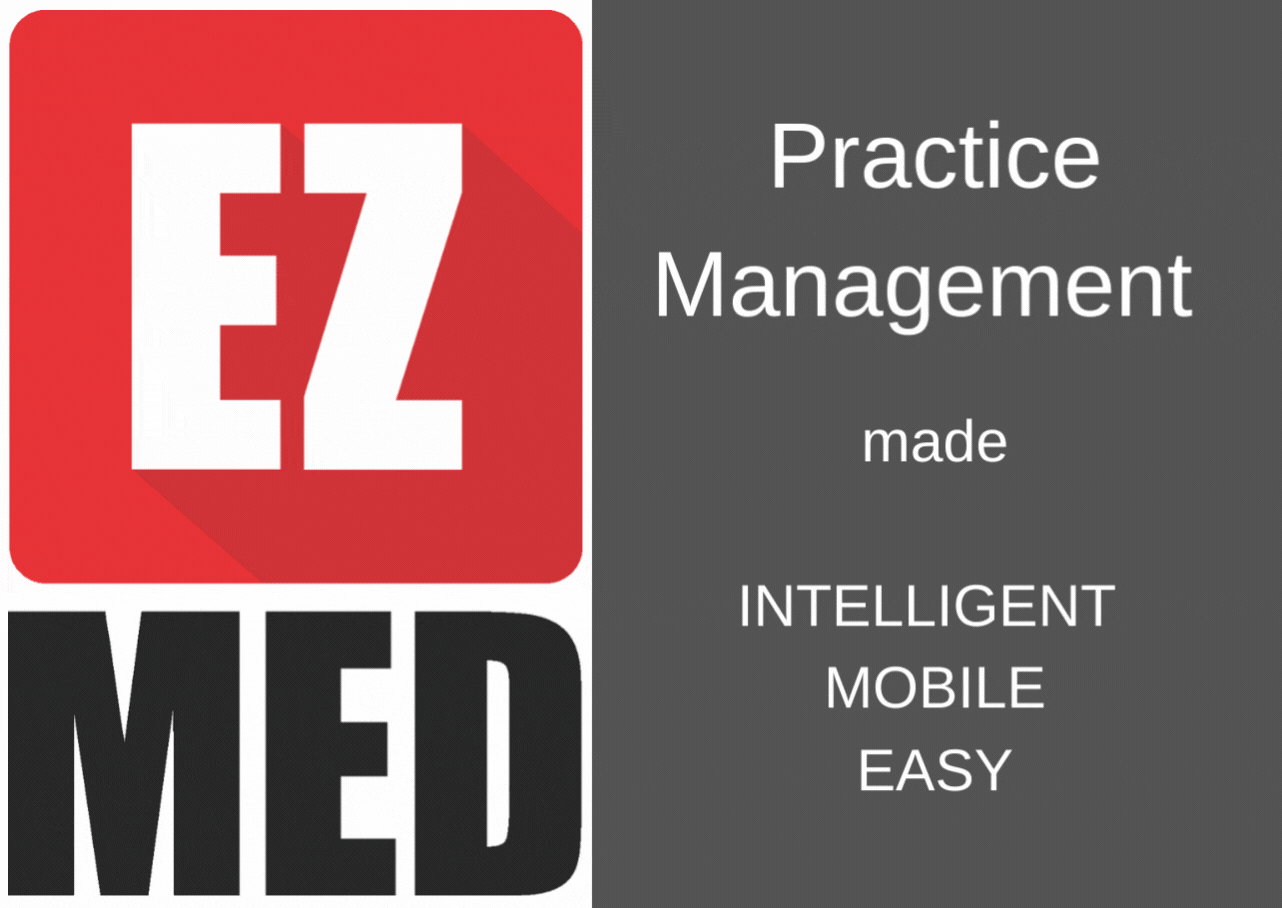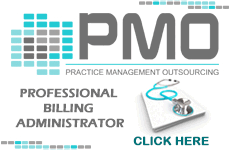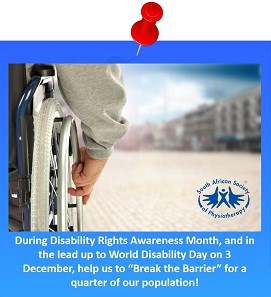
Open your eyes to people living with disability
There’s a woman in the supermarket with a crutch. She’s trying to reach for a punnet of mushrooms, but they’re on the top shelf of the cooler, and she can’t keep her balance while she reaches.
Outside, there’s an elderly man walking with a Zimmer frame. The shopping centre has wheelchair access, as the law prescribes, but in order to reach his parked car, and because an abled person parked in the disabled parking place, he has to walk in the road for some distance. Fortunately, a kindly parking attendant walks alongside him, his neon vest a warning to the cars cruising in search of a bay.
According to the World Health Organisation (WHO), using data from 59 countries, some 15% of people have some degree of impairment or disability across the world. That means 15 out of every hundred people, a very high proportion. (For comparison, about one in ten adult South Africans have asthma, and one to two children out of every ten has that common childhood skin condition, eczema.)
But the prevalence is even higher in South Africa. The World Report on Disability gave a prevalence of 24.2% in South Africa – just shy of one in four people.
A quarter of our population, chained by the structural and societal fetters that come with disability (even though they shouldn’t). A quarter of our potential; a quarter of our talent; a quarter of our capacity to shine. For so many, the chance to thrive, to grow into what they could be, will never come because of the obstacles that face them.
“South Africa has enlightened policies and regulations aimed at removing obstacles for people with disabilities,” says Dr Ina Diener, president of the South African Society of Physiotherapy (SASP). “But in practice, the picture is far bleaker.” Physiotherapists work with all the major body systems (musculoskeletal, neuromuscular, cardiopulmonary, and integumentary – the skin) and assisting people with disabilities to achieve optimum function – in the form of treatment, advice and exercise plans – is a crucial focus for the profession of physiotherapy.
Even simply accessing necessary health care can be hard. When people with disabilities don’t get treatment such as physiotherapy, for rehabilitation and maintenance of function, their difficulties in negotiating the world are compounded.
“In South Africa, as in other settings, barriers include both structural factors (e.g. lack of accessible transport, inaccessible facilities and equipment), and healthcare process challenges, including long waiting times, negative attitudes and lack of knowledge among healthcare workers, and communication difficulties, particularly the lack of Sign Language interpreters [for the deaf]. These factors are compounded in rural districts, where travel times and costs may already be much higher, education and information poorer, and health services more scant and poorly resourced.” (Kate Sherry, Disability and rehabilitation: Essential considerations for equitable, accessible and poverty-reducing health care in South Africa, Rural Rehab SA)
But another problem, says Dr Diener, is the ‘invisibility’ of disability. “We as South Africans really don’t seem to see disability, even though it’s all around us. If we did, if we had our eyes opened to how many of our fellow citizens live with disability – every fourth person – we would undoubtedly be more open, more thoughtful and more willing to give space to people with disability, in the workplace, in social life and to be heard in the corridors of power.”
It’s not just in South Africa, it’s a worldwide phenomenon: “Only rarely do we see disabled people in visible positions of employment, only rarely do we see disabled people in visible positions of power or authority within society, only rarely do we see disabled people on TV in the role of TV presenter, newsreader or 'expert',” writes Paul Dodenhoff (The Invisibility of Disability in the UK, 2015)
November is Disability Rights Awareness Month. The SASP is issuing a call for every person in South Africa to make this the month they start ‘seeing’ and embracing people with disabilities, in all their diversity and their potential. After all some of the greatest achievers of all time have lived with disability:
“…we have a moral duty to remove the barriers to participation, and to invest sufficient funding and expertise to unlock the vast potential of people with disabilities. Governments throughout the world can no longer overlook the hundreds of millions of people with disabilities who are denied access to health, rehabilitation, support, education and employment, and never get the chance to shine.” (Professor Stephen Hawking, World Report on Disability 2011)
